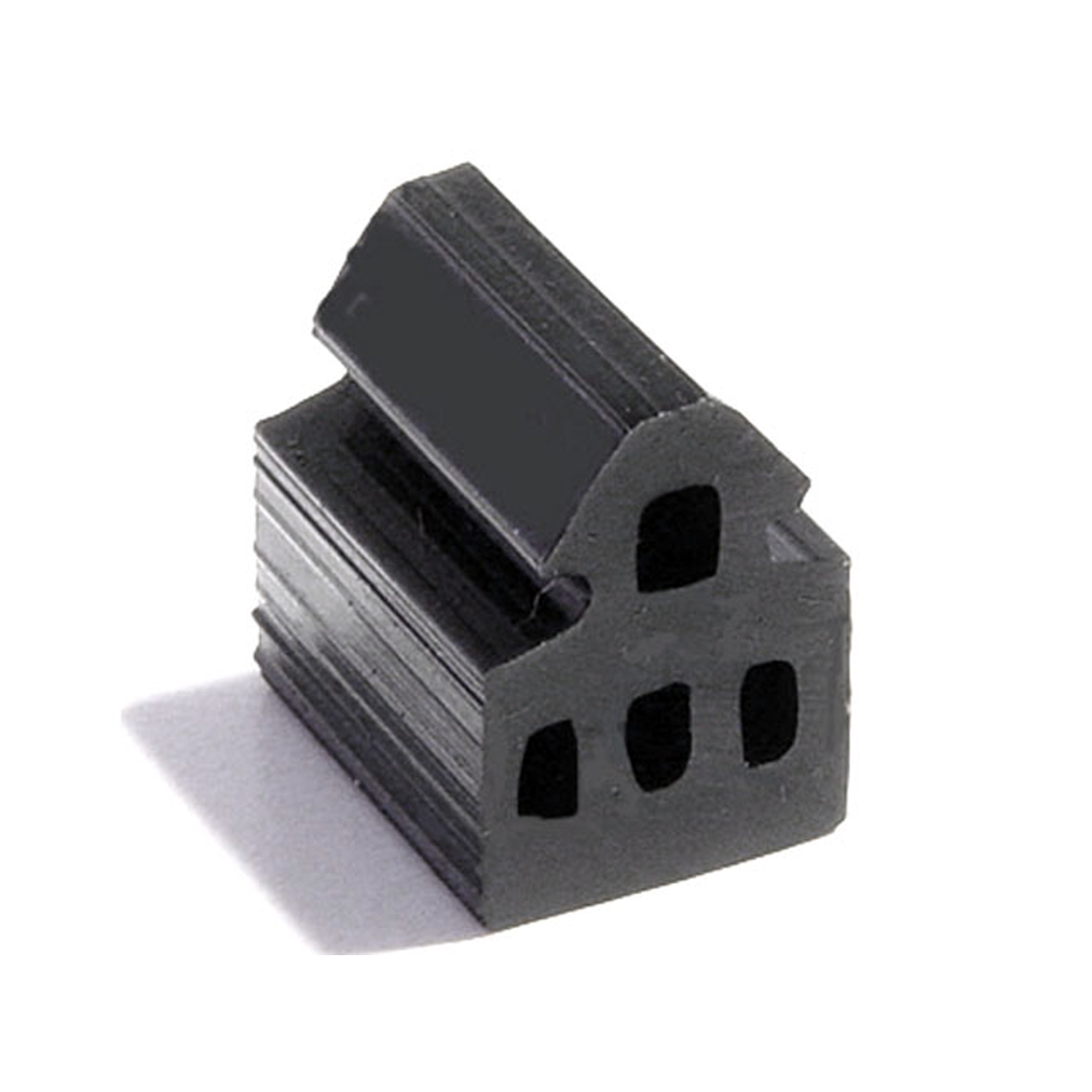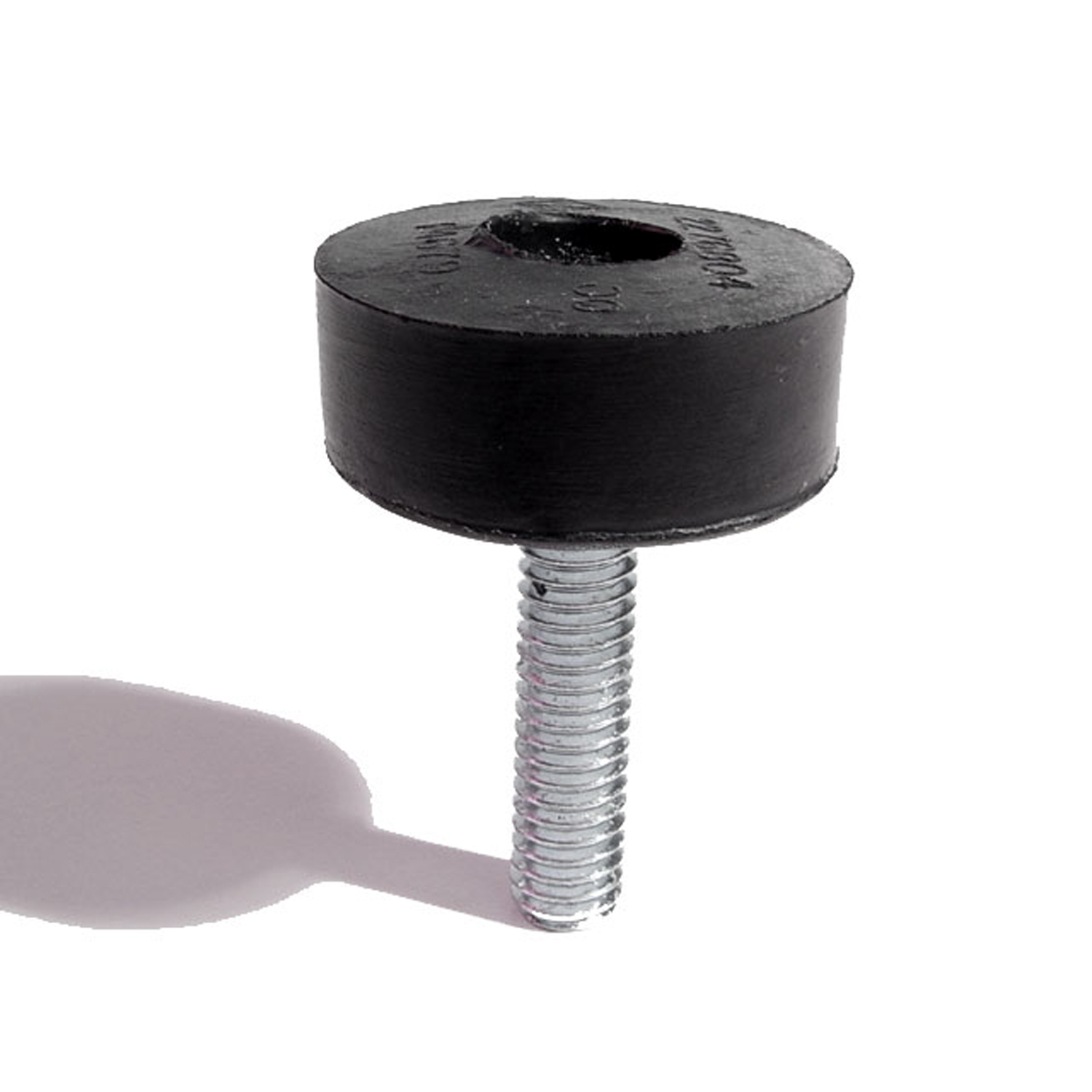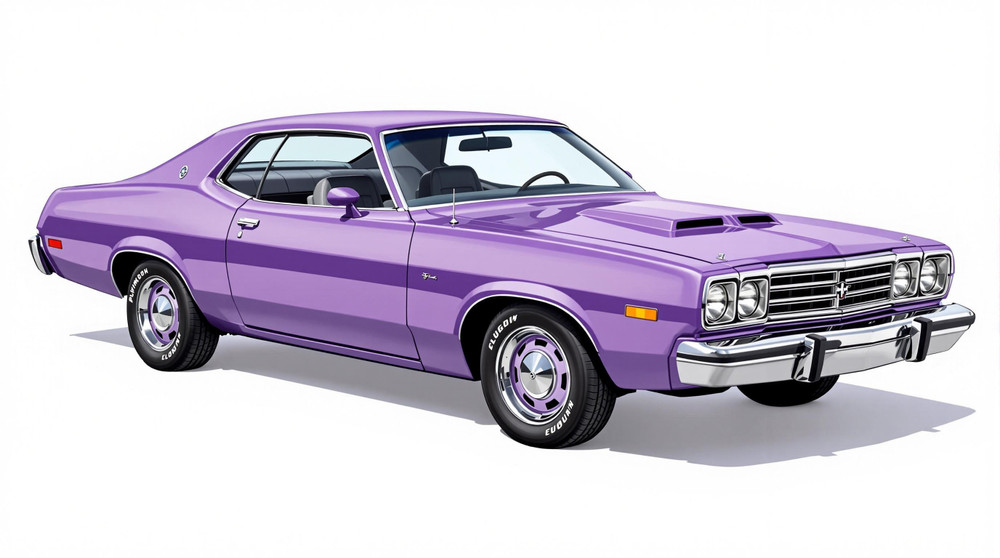Image of 1977 Plymouth Arrow, Note: These illustrations use artistic license and may differ from actual historical models.
Performance Metrics
Fundamental Metrics
Emotional Appeal
MMP Rating
| Engine Specifications | |
|---|---|
| Engine: | 1.6L 4-cylinder, 2.0L 4-cylinder |
| Displacement: | 1.6L (98 cu in), 2.0L (122 cu in) |
| Horsepower: | 70-100 hp |
| Torque: | 80-110 lb-ft |
| Compression Ratio: | 8.5:1 |
| Ignition System: | Electronic |
| Cooling System: | Liquid-cooled |
| Performance Specifications | |
| 0-60 Time: | 12-15 seconds |
| 1/4 Mile Time: | 18-20 seconds |
| Top Speed: | 100 mph |
| Transmission and Drive | |
| Drive Type: | RWD (Rear Wheel Drive) |
| Transmission Type: | 4-speed manual, 3-speed automatic |
| Fuel and Efficiency | |
| Fuel System Type: | Carburetor |
| MPG: | 20-25 mpg |
| Dimensions and Brakes | |
| Brakes: | Front disc, rear drum |
| Wheelbase: | 94.5 inches |
| Weight: | 2,200 lbs |
Note: Specifications for classic cars are given to the best of our ability, considering the limited and variant data available.
Unveiling the 1977 Plymouth Arrow: A Forgotten Gem of the Automotive World
The 1977 Plymouth Arrow emerges from the annals of automotive history as a testament to an era of transition and charm. Born from the collaboration between Chrysler and Mitsubishi, this compact car marked a significant moment for Plymouth as it ventured into the burgeoning market of fuel-efficient vehicles. With its roots tracing back to Japan, where it was known as the Mitsubishi Lancer, the Arrow was a strategic move by Plymouth to offer an economical yet appealing option to American drivers during a period of fuel crises and shifting consumer preferences.
A unique fact that car enthusiasts may find intriguing is that despite its modest beginnings, the Arrow gained a reputation for its surprising agility in SCCA (Sports Car Club of America) competitions, carving out a niche among racing aficionados.
Design and Innovation: The 1977 Plymouth Arrow's Aesthetic Appeal
The exterior styling of the 1977 Plymouth Arrow was both straightforward and sporty, with clean lines and a no-nonsense silhouette that echoed its Japanese design heritage. Its long hood and short rear deck gave it a balanced, athletic stance, while the simple grille and round headlights provided an endearing face to this compact contender.
Inside, the Arrow offered a functional interior with an emphasis on practicality over luxury. The materials used were typical for the time—durable plastics and vinyls that could withstand daily wear. Technologically, it didn't break new ground but did feature amenities like an AM radio and optional air conditioning that were appreciated in its class.
Color options for the Arrow ranged from understated hues like "Silver Cloud" to more vibrant shades such as "Sunfire Yellow." The most popular body style was undoubtedly the two-door coupe, which struck a chord with those seeking an economical yet sporty vehicle.
Historical Significance: The 1977 Plymouth Arrow's Legacy
The Arrow's impact on automotive design may not have been revolutionary, but it played a crucial role in introducing American consumers to smaller, more efficient cars. It helped pave the way for future compacts and subcompacts that would eventually become staples on U.S. roads.
Performance and Handling: The Driving Dynamics of the 1977 Plymouth Arrow
Performance-wise, the 1977 Plymouth Arrow wasn't built to set records with its modest engine offerings. However, it provided adequate power for everyday driving with top speeds hovering around highway limits. Acceleration from 0-60 mph was leisurely by today's standards but sufficient for the era's expectations.
Handling was one of the Arrow's more praised attributes; its light weight contributed to nimble maneuverability around corners and responsiveness to steering inputs. Drivers often noted the engine's hum as pleasantly unobtrusive and found joy in the car's straightforward driving dynamics.
Ownership Experience: Living with a 1977 Plymouth Arrow
The Arrow served many roles—from daily commuting workhorse to weekend autocross warrior. Its maintenance was relatively straightforward, making it accessible for DIY repairs. Reliability was on par with other vehicles of its time, though some parts may now be harder to source due to its age.
Fun Facts: Curiosities Surrounding the 1977 Plymouth Arrow
Among interesting tidbits about this car is that certain models were equipped with "Silent Shaft" technology—Mitsubishi's innovation for reducing engine vibration—which was quite advanced for its time. While not known for breaking sales records or setting speed benchmarks, it did enjoy popularity in SCCA Showroom Stock racing classes.
Collector's Information: The Market for a 1977 Plymouth Arrow Today
As for collectability, the 1977 Plymouth Arrow is somewhat rare due to its age and relative obscurity. Production numbers weren't astronomical, so finding one in good condition can be a challenge. Price trends suggest that while not skyrocketing in value like some classics, well-preserved Arrows can fetch between $5,000 to $10,000 depending on condition and originality.
Conclusion: Celebrating the Understated Appeal of the 1977 Plymouth Arrow
In closing, while it may not have been a blockbuster hit or engineering marvel at its inception, the 1977 Plymouth Arrow holds a special place in automotive history. It serves as a reminder of an era when efficiency began to take precedence and marks a period when American car buyers started looking beyond their borders for alternatives. This plucky compact may not dominate classic car shows or headline auctions, but it continues to captivate those who appreciate its simplicity and charm.
1977 Plymouth Arrow Catalog of Parts
 1977 Plymouth Arrow Door Bumper. 5/8" wide, made from extrusion. Each-DB 52Door Bumper. 5/8" wide, made from extrusion. Each
1977 Plymouth Arrow Door Bumper. 5/8" wide, made from extrusion. Each-DB 52Door Bumper. 5/8" wide, made from extrusion. Each 1977 Plymouth Arrow Hood Adjustment Bolt and Bumper-HA 8Hood Adjustment Bolt and Bumper. 1-3/16" diameter rubber head. 5/16" thick X 18 threads/inch X 1-1/4" long bolt. Each
1977 Plymouth Arrow Hood Adjustment Bolt and Bumper-HA 8Hood Adjustment Bolt and Bumper. 1-3/16" diameter rubber head. 5/16" thick X 18 threads/inch X 1-1/4" long bolt. EachWhy Choose Metro?
For over 100 years, Metro Moulded Parts has been the pinnacle of quality in classic car restoration parts. Our commitment to precision and authenticity in every component ensures a perfect fit and an OEM-level appearance.
- Expert Craftsmanship & Quality: Each part is a testament to our dedication to reliability and perfection, crafted from original designs and thoroughly tested.
- Advanced Technology: We use cutting-edge techniques to create flawless, long-lasting parts that surpass others in performance.
- SuperSoft Sponge – The Ultimate Door Seal: Not only are our door seals 30% softer than competitors', but they're also guaranteed to never leak. They effectively reduce wind and road noise, enhancing your classic car's comfort and driving experience.
- Proudly American: Our parts are a product of American craftsmanship, made in the USA with a spirit of excellence and heritage.
- Unrivaled Warranty: We back our products with a 30-year industry-leading warranty, a testament to our confidence in their quality.
Join us in preserving the legacy of classic cars with parts that are crafted for perfection, not just made.

